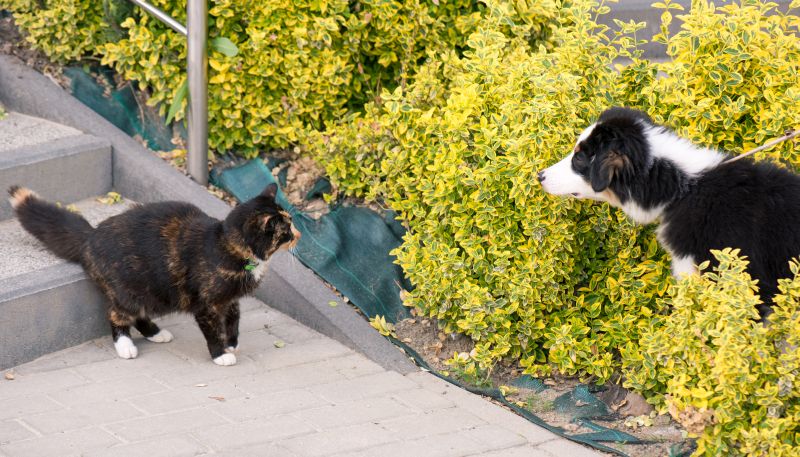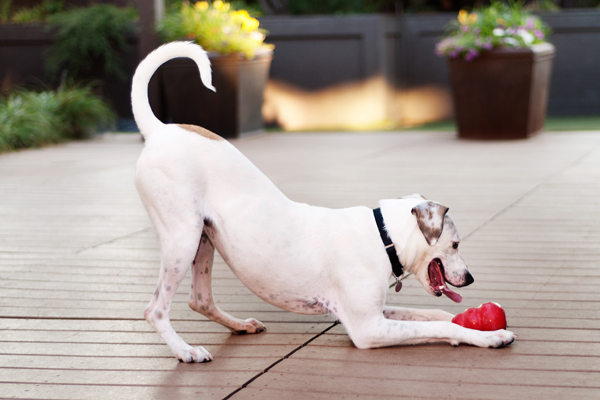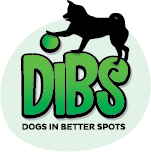“Aaaakkk! My dog has prey drive” Well, ya! It’s a dog! Just like you can not teach a fish not to swim, you can not take the prey drive out of a dog: dogs have evolved away from their ancestors (wolves) and may have retained an instinctual desire to hunt – which is what we commonly refer to as prey drive. This could mean a lot of things, ranging from day to day activities to what some may deem more aggressive. It could mean hunting, chasing, and capturing prey – or – it could include going after toys, balls and sticks. It could be a game of chase with their humans or canine friends, or it could be keeping their eyes on small animals, children, cars or bikes. So, saying your dog has prey drive may be comparable to stating “my dog has a tail”. Tails come in different shapes and sizes and differ from breed to breed, just like prey drive. As a rescue, we try to ignore “breed discussions” a lot, as rescues are our favourite breed, however nature kicks in and some breeds will have a stronger prey drive than others. Check out this article on breeds and prey drive.
hunt – which is what we commonly refer to as prey drive. This could mean a lot of things, ranging from day to day activities to what some may deem more aggressive. It could mean hunting, chasing, and capturing prey – or – it could include going after toys, balls and sticks. It could be a game of chase with their humans or canine friends, or it could be keeping their eyes on small animals, children, cars or bikes. So, saying your dog has prey drive may be comparable to stating “my dog has a tail”. Tails come in different shapes and sizes and differ from breed to breed, just like prey drive. As a rescue, we try to ignore “breed discussions” a lot, as rescues are our favourite breed, however nature kicks in and some breeds will have a stronger prey drive than others. Check out this article on breeds and prey drive.
 A comment we hear a lot from adopters or even fosters is “this dog watches squirrels a lot, so he won’t be good with cats”. A trained dog, or a dog that grows up with cats, knows the difference between animals in the home in a family setting and those outside. We have seen many dogs curl up with a cat for a nap, and then an hour later be on intense bunny watch in their yard. Chasing squirrels and chasing a friend are very different things!
A comment we hear a lot from adopters or even fosters is “this dog watches squirrels a lot, so he won’t be good with cats”. A trained dog, or a dog that grows up with cats, knows the difference between animals in the home in a family setting and those outside. We have seen many dogs curl up with a cat for a nap, and then an hour later be on intense bunny watch in their yard. Chasing squirrels and chasing a friend are very different things!
How to Manage Prey Drive? If you notice that your dog does have a high prey drive and you do not want to enable that behavior, you should take the necessary steps to manage their prey drive. Remember, you cannot totally eradicate this behavior, but you can make it manageable for yourself and your dog. We love it when adopters get to know their dogs and know what areas of training they want to focus on first. Ensure you have a good obedience relationship with your dog so that they know to look to you for guidance and direction.
- Once this is established, teach them the ‘place’ command (DIBS loves when our dogs learn ‘place’ – such a good skill that helps in so many ways). The place command is a specific place in the home or outside where your dog can feel comfortable. It is a spot that is solely theirs. The place can be a dog bed, mat, raised platform, or even a towel if you’re in a pinch. By telling your dog to go to their ‘place’ you’re telling them that they are in a safe environment and sort of forcing some chill out time. (Remind your kids – this is a no-kid-zone. Respect goes two-ways) Please see https://youtu.be/omg5DVPWIWo for more details.
- Another command that will help with managing prey drive is a recall command. Ensuring you have strong recall reliability will ensure that your dog will come back to you if they decide to chase what they perceive as prey. Please see How To Turn AWFUL Recall Into PERFECT Recall Training With Your Dog! for more details.
- Lastly, introduce the ‘leave it’ command. ‘Leave it’ is self-explanatory but we want to ensure the dog has a command that tells them to ignore possible triggers or prey that could illicit bad behavior. Please see Leave it command training (Full Lesson) – America’s Canine Educator for more details.
Here is a good article on walking your dog if they have prey drive (don’t miss the video!): https://www.k9ofmine.com/walking-dog-with-high-prey-drive/ 
Your relationship with your dog will set the foundation for understanding your dog and managing prey drive. It is important as dog owners to understand things from a dog’s perspective versus our own human perspective. A lot of dog owners will project fears or assumptions on their dog before trying to understand the WHY of an underlying behavior. We hope that this article was helpful and if you have any questions, please reach out to your trainer. If you have not yet established a partnership with a trainer, and need help in integrating your new dog and your existing cat(s), please let us know and we can recommend local trainers.
